+33 (0) 3 20 16 91 40
Studies from chemistry PTS

AGLAE processes data from series of proficiency tests and draws in particular information about the analytical methods. These studies aim to inform laboratories and help them understand the differences they may also observe.
- Impact of the catalyst on Total Kjeldahl Nitrogen measurement in waste waters
- Comparison COD ST-COD updated in 2019
- Influence of the samples pretreatment during proficiency testing in solid matrices
- Comparison of dissolution methods for metals in sediments and sludge
- Reliability of chloroacetamides metabolites measurement
- Uncertainties of measurements and zeta-scores
- Comparison ICP/MS and other methods for Fe, Ti and Hg
- Comparison of measurements of COD by classical method and small scale sealed-tube method
- Deviations between methods - analysis of metals in clean waters
- Comparison of mineralisation methods for Fe and Sn in waste waters
- Deviations between methods - analysis of micropollutants in clean waters
- Anionic surfactants index, comparison of analytical methods (spectrophotometry with or without flux)
Impact of the catalyst on Total Kjeldahl Nitrogen measurement in waste waters
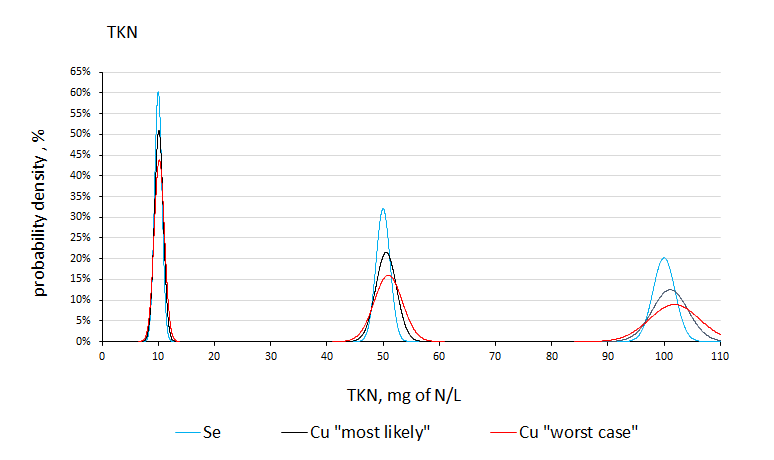
The determination of Total Kjeldahl Nitrogen (TKN) is a former method widely applied to many matrices. In the environmental field, specifically in water, the current standard "EN 25663 (ISO 5663) 1994 Water quality - Determination of Kjeldahl nitrogen - Method after mineralization with selenium" will be reviewed in 2024. In this frame, given the toxicity of Se and current occupational health, safety, and environmental concerns, the question of replacing Se as a catalyst with Cu arises.
Download the study on the Impact of the catalyst on Total Kjeldahl Nitrogen measurement in waste waters
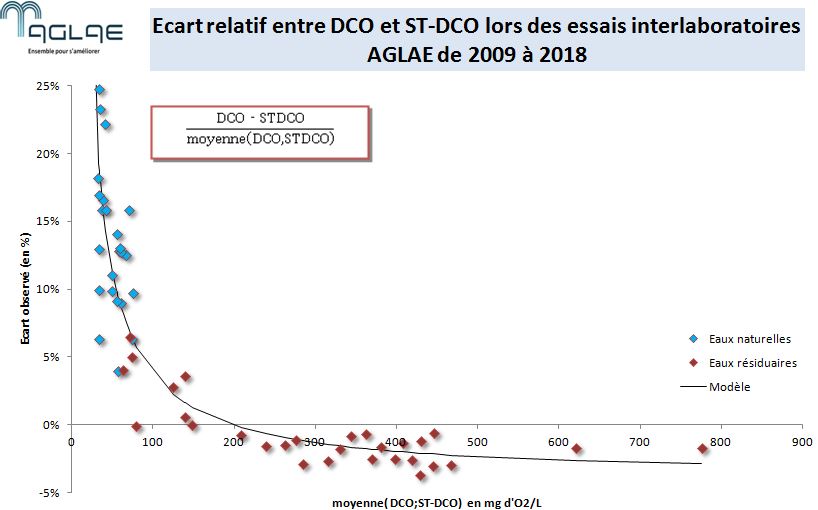 Since 2009, A.G.L.A.E. has organised interlaboratory tests in which the participants can report results for ST-COD (small scale sealed-tube method) in addition to classical COD. A first study was done in 2013 to compare these two methods from the results obtained during our tests on natural water and wastewater. It was updated in 2019 with data from the tests carried out in the meantime, i.e. a total of about twenty tests in natural waters and about thirty tests in waste waters.
Since 2009, A.G.L.A.E. has organised interlaboratory tests in which the participants can report results for ST-COD (small scale sealed-tube method) in addition to classical COD. A first study was done in 2013 to compare these two methods from the results obtained during our tests on natural water and wastewater. It was updated in 2019 with data from the tests carried out in the meantime, i.e. a total of about twenty tests in natural waters and about thirty tests in waste waters.
Note that this study has been published in the Encyclopedia of Analytical Chemistry: Wiley online library
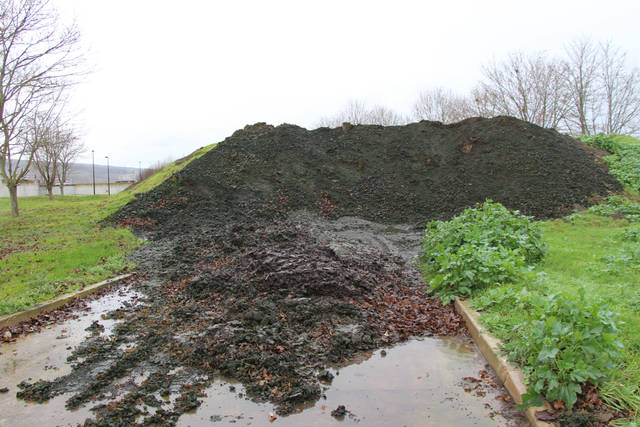 One of the main issues when implementing proficiency tests with a solid matrix is to obtain a sufficient batch homogeneity. AGLAE has implemented proficiency tests in raw solid matrices and in pretreated solid matrices for metals and organic micropollutants (PAHs) in order to check if the raw materials could be homogeneous enough to be employed during proficiency tests. The aim of these tests was also to evaluate the uncertainty of measurement component due to the pretreatment of the samples and to compare the analytical performances of the laboratories including or not the pretreatment part of the samples.
One of the main issues when implementing proficiency tests with a solid matrix is to obtain a sufficient batch homogeneity. AGLAE has implemented proficiency tests in raw solid matrices and in pretreated solid matrices for metals and organic micropollutants (PAHs) in order to check if the raw materials could be homogeneous enough to be employed during proficiency tests. The aim of these tests was also to evaluate the uncertainty of measurement component due to the pretreatment of the samples and to compare the analytical performances of the laboratories including or not the pretreatment part of the samples.
Download the study on the Influence of the samples pretreatment during proficiency testing in solid matrices
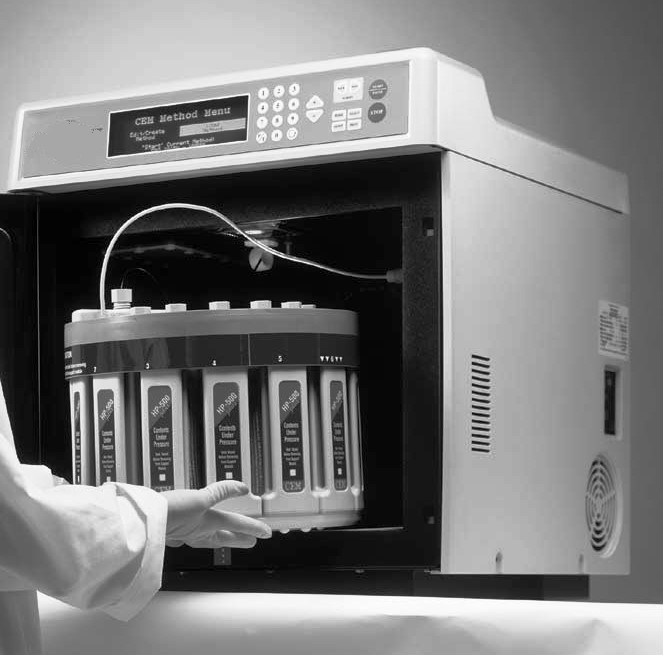 Deviations between dissolution methods are frequently observed in AGLAE’s proficiency tests for aluminium, chromium and nickel in sediments and aluminium, chromium and potassium in sludges. We have studied for these metals deviations between dissolution methods during our PTs since 2010 and we gathered the methods as follows: “partial” methods, “total” methods and the aqua regia method (HNO3/HCl) in a closed system with microwave heating.
Deviations between dissolution methods are frequently observed in AGLAE’s proficiency tests for aluminium, chromium and nickel in sediments and aluminium, chromium and potassium in sludges. We have studied for these metals deviations between dissolution methods during our PTs since 2010 and we gathered the methods as follows: “partial” methods, “total” methods and the aqua regia method (HNO3/HCl) in a closed system with microwave heating.
Download the study Comparison of dissolution methods for metals in sediments and sludge
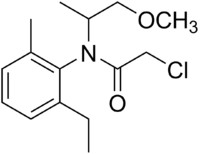 In this technical note, we report the reliability evaluation of measurement of metabolites of chloroacetamides carried out in 2016. To achieve this, a proficiency test has been carried out by AGLAE upon request of the Heath Regional Agency of Aquitaine Limousin Poitou Charentes which was concerned by the question of sanitary control of water. This proficiency test focused on 6 metabolites of chloroacetamides in river water and Evian water with several concentration levels. We observed that values targeted by spiking were overall well recovered by participants.
In this technical note, we report the reliability evaluation of measurement of metabolites of chloroacetamides carried out in 2016. To achieve this, a proficiency test has been carried out by AGLAE upon request of the Heath Regional Agency of Aquitaine Limousin Poitou Charentes which was concerned by the question of sanitary control of water. This proficiency test focused on 6 metabolites of chloroacetamides in river water and Evian water with several concentration levels. We observed that values targeted by spiking were overall well recovered by participants.
Download the study Reliability of chloroacetamide metabolites
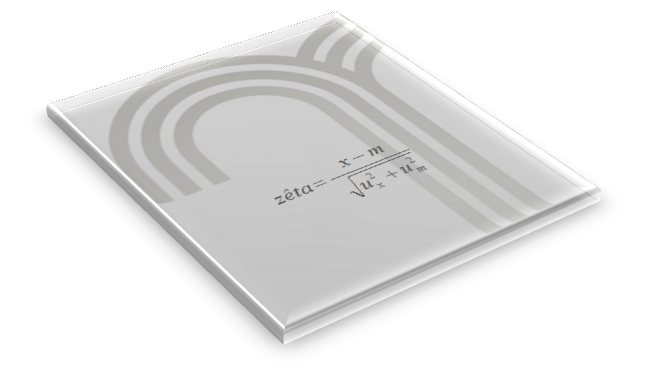 During our proficiency testing in physical-chemistry, participants have the possibility to assess their uncertainties. We studied the percentage of laboratories which provided uncertainties, the uncertainties given and the percentage of underestimated uncertainties.
During our proficiency testing in physical-chemistry, participants have the possibility to assess their uncertainties. We studied the percentage of laboratories which provided uncertainties, the uncertainties given and the percentage of underestimated uncertainties.
Download the report on Uncertainties of measurements and zeta-scores
Comparison ICP/MS and other techniques for Fe, Ti and Hg
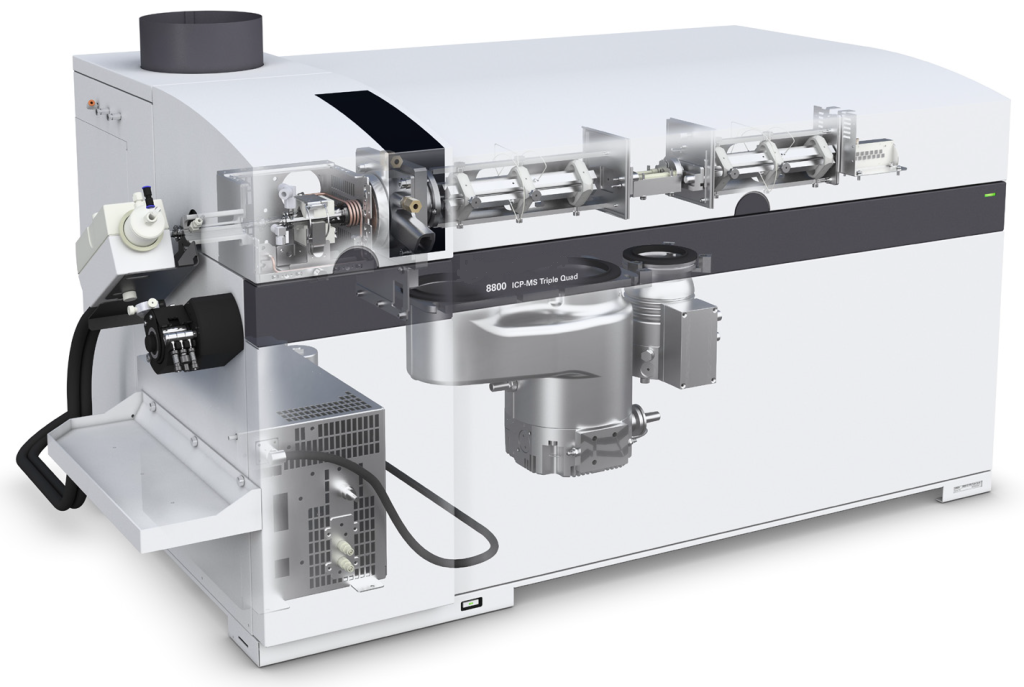 This study aimed to check if there are deviations between results obtained by ICP/MS and those obtained with other methods currently used for the analysis of iron, titanium and mercury in clean waters (clear waters such as tap waters or bottled waters). Proficiency tests organised by the Association since 2012 were processed for new data treatments by separating the participants’ results according to the method they used.
This study aimed to check if there are deviations between results obtained by ICP/MS and those obtained with other methods currently used for the analysis of iron, titanium and mercury in clean waters (clear waters such as tap waters or bottled waters). Proficiency tests organised by the Association since 2012 were processed for new data treatments by separating the participants’ results according to the method they used.
Download the study Comparison ICP/MS and other techniques for Fe, Ti and Hg
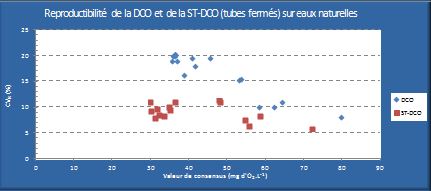 For 5 years, AGLAE has been organising interlaboratory testing schemes in natural waters and waste waters for the chemical oxygen demand (COD) by classical method and by small scale sealed-tube method (ST-COD).
For 5 years, AGLAE has been organising interlaboratory testing schemes in natural waters and waste waters for the chemical oxygen demand (COD) by classical method and by small scale sealed-tube method (ST-COD).
Download the study comparison of measurements of COD by classical and sealed-tube method
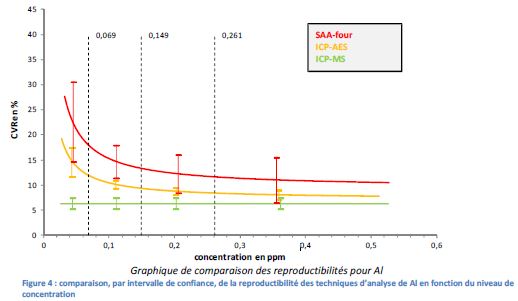 AGLAE has been organising proficiency tests for the metals analysis for in clean waters for about twenty years. During these tests we regularly observe deviations between participants' results obtained with different analytical techniques.
AGLAE has been organising proficiency tests for the metals analysis for in clean waters for about twenty years. During these tests we regularly observe deviations between participants' results obtained with different analytical techniques.
Download the study deviations between methods - analysis of metals in clean waters (only abstract in English)
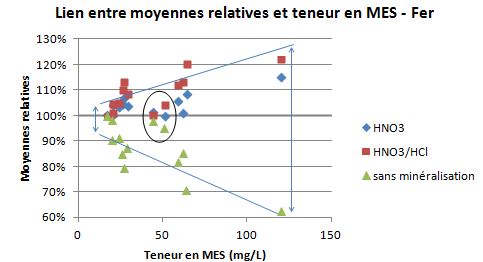 All mineralisation methods carried out for iron and tin’s digestion in waste waters do not enable laboratories to analyse totally the elements. In general, results obtained without samples’ mineralisation are lower than the ones obtained with digestion.
All mineralisation methods carried out for iron and tin’s digestion in waste waters do not enable laboratories to analyse totally the elements. In general, results obtained without samples’ mineralisation are lower than the ones obtained with digestion.
Download the study Comparison of mineralisation methods for Fe and Sn in waste waters (only abstract in English)
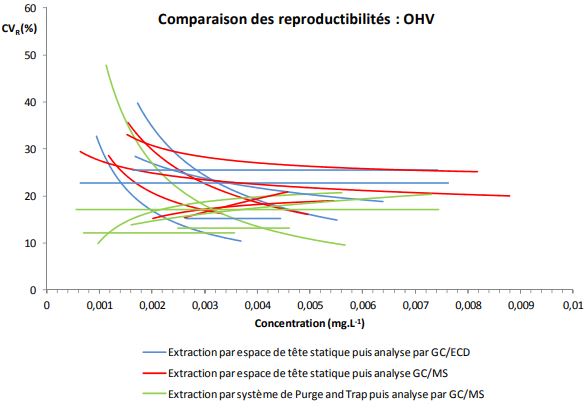 Several deviations between methods have been identified for various micropollutants. Organochlorines,PCBs, volatile organohalogens, BTX, PAHs and urons were copsidered during this study.
Several deviations between methods have been identified for various micropollutants. Organochlorines,PCBs, volatile organohalogens, BTX, PAHs and urons were copsidered during this study.
Download the study deviations between methods - analysis of micropollutants in clean waters (only abstract in English)
Anionic surfactants index, comparison of analytical methods (spectrophotometry with or without flux)
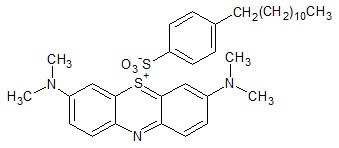 The determination of anionic surfactants index in accordance to different analytical methods does not always enable laboratories to quantify surfactants in water samples, to their entirety. During AGLAE’s proficiency tests (PTs), participants usually use two analytical approaches: spectrophotometry with or without flow.
The determination of anionic surfactants index in accordance to different analytical methods does not always enable laboratories to quantify surfactants in water samples, to their entirety. During AGLAE’s proficiency tests (PTs), participants usually use two analytical approaches: spectrophotometry with or without flow.
Download the study Anionic surfactants index, comparison of analytical methods (spectrophotometry with or without flux) (only abstract in English)
